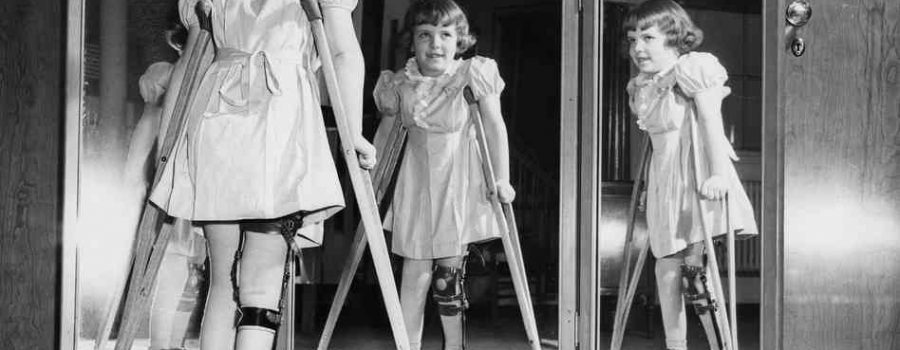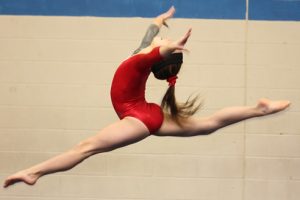Post-Polio Syndrome (PPS) refers to a cluster of disabling signs and symptoms such as progressive muscle weakness, joint pain, general fatigue, exhaustion with minimal activity, muscle atrophy, breathing or swallowing problems, sleep-related breathing disorders such as sleep apnea, and decreased tolerance of cold temperatures. 25-50% of the people who have suffered from Polio virus will develop PPS on an average of 30-40 years after the initial illness. These symptoms occur because the initial Polio virus attacks the central nervous system, causing nerves to die off, leading to paralysis and other complications. As the body recovers from the initial polio virus, the remaining nerves that were not killed by the virus, grow extra branches to restore function. Unfortunately these new branches are fragile, and as the individual ages, these extra branches die off leading to Post-Polio Syndrome. People experiencing PPS often seek physical therapy because they begin to have difficulty walking, balance issues, and fatigue which impacts everyday activities. It is important to remember that exercises are patient specific because no two people experience PPS the same. There are however, key points across the process, such as avoiding over exertion due to slow recovery, and activity or environment modification to reduce stress and exertion. For more information on this condition, or to receive therapy for any issues, stop by Hands On Physical Therapy today!
You also might be interested in
Concussions, a type of mild brain injury, are becoming more[...]
Did you know tennis elbow is recurrent in 50% of[...]
Did you know gymnasts put more stress on their spine[...]





Leave a Reply
Your email is safe with us.
You must be logged in to post a comment.